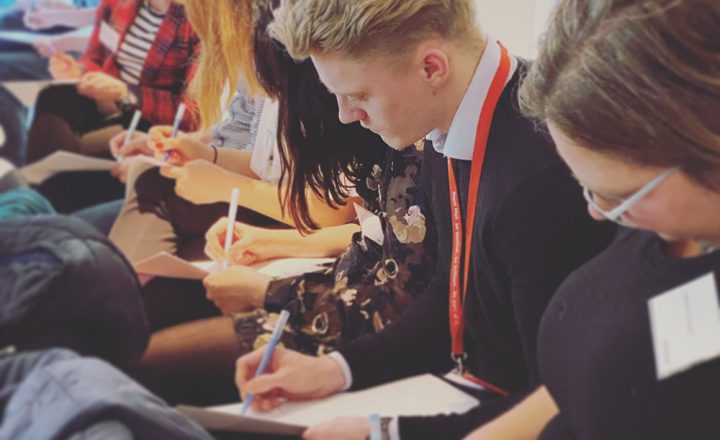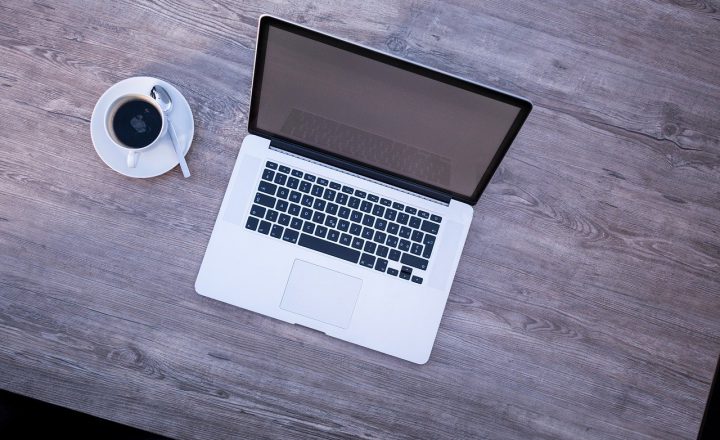User Experience (UX), UX design, and design thinking are popular buzzwords and often used interchangeably. But are they interchangeable? What do they mean, exactly, and how should we use them?
User experience continues beyond a single touchpoint
Let’s unravel the meaning of each one, starting with user experience. Per the Nielsen Norman Group, “‘User experience’ encompasses all aspects of the end-user’s interaction with the company, its services, and its products.” What this means is that the user experience extends beyond a single touchpoint – it continues when crossing systems, like creating an account and validating an email address or going from a printed holiday brochure to an online booking engine.
User experience is about the before, during, and after of a specific interaction, where that interaction involves usability. It is about what we anticipate or expect to happen when using a product. It’s also about how we feel after we’ve used a product, our mental and emotional responses.
Quite often, usability is confused with user experience, but usability is just one part of the overall user experience. User experience is about expectations and the fulfilment of expectations. Usability is about how well a product allows users to achieve their goals – the effectiveness and efficiency of a particular interaction – and how satisfied users are with that interaction.

The difference between User Experience and Usability
A simple story illustrates the difference between user experience and usability. Imagine it’s your mother’s birthday, and you see an advert for chocolate covered strawberries on TV. You visit the company’s website to find a gift for your mum. Whilst finding the section for birthday products was quite easy, you have trouble actually finding an option as most appear unavailable on your desired delivery date. A few days later, your mum receives the package and is delighted with her strawberry surprise, but she’s also mentioned that the courier crushed the box and damaged some of the strawberries in transit.
The user experience begins with seeing the advert on TV and ends with the courier company delivering the strawberries. Not only does the user experience include actually using the website to purchase the gift, but it also includes the anticipation of your mum receiving the gift and the feelings you have when it arrives damaged. The usability in this case would be about how the website actually worked during use – how easy or difficult it was to purchase the strawberries.
UX design helps us create the user experience
So how do we build products that provide meaningful and relevant user experiences? Through the process of UX design. An experience designer is concerned with more than just the usability, functionality or visual design of what’s shown on the screen. They also take into account the entire process a user takes of acquiring and integrating the product into their lives. An experience designer considers every element that shapes the user experience: how it makes users feel and how it helps users accomplish their tasks. UX design is the process that gets them there.
UX design is often used interchangeably with user interface design and usability. Whilst usability and interface design are important subsets of UX design, UX design covers a vast array of other areas too. Visual design is the surface appearance of a design, think of it like your skin and physical appearance. Underneath the surface of a design, other aspects have been researched and created to provide form and structure for the surface to rest on, similar to your body’s bones and muscles.
The foundation of all good UX design is strategy and scope. They consider questions like what users and the business want to get out of the product, and what features, functions and content should be included. Once these questions are addressed, designers address aspects of the design that we can see and touch, creating the product’s structure and interaction design, finally enwrapping that skeleton in visual design and branding.
Many frameworks illustrate the UX design process, and Bunnyfoot follows the User Centred Design (UCD) framework.

The UCD framework is an established process from the software industry that applies equally to the web and any other communication channel. Consideration of and engagement with users at each stage of development is an important facet of the UCD process. It is a continuous, iterative process of researching your users, modelling the research data (e.g. making personas and customer journey maps), prototyping, testing and refining designs, until a solution is launched. Then, continuously optimising designs post-launch.
Design thinking and UX design… the same or different?
With a basic understanding of user experience and UX design, we now compare them to design thinking. IDEO is often credited with coining the term ‘design thinking’ in the late 1970s or early 1980s. They promote design thinking as an approach to problem-solving that is human-centric, co-creative, experimental and iterative. It is focused on solving problems through understanding human needs, creating many possible solutions, testing them out, and iterating on them until coming to the best solution.
What defines design thinking is the process, which has similarities to UX design. IDEO took up the phrase to describe the elements of UX design that were most learnable and teachable: empathy, experimentation and iteration. The Interaction Design Foundation’s design thinking model helps illustrate the process.

What do empathy, experimentation and iteration mean when it comes to design thinking?
- Empathy is not the kind of empathy where you feel the same emotions as someone else. It’s an understanding you develop about another person – about how someone thinks and feels. Empathy is crucial to any human-centred design process as it allows us to set aside our own assumptions about the world and gain insight into users and their needs.
- Experimentation through prototypes helps us explore how well solutions meet problems. Prototypes are quick, cheap(ish) ways of testing out ideas and concepts in how well they meet a user’s needs before heavily investing in development. Testing early and often is key as the cost of fixing conceptual and usability issues increases the further along in a project you get.
- Iterative design is a powerful tool that allows us to test our experiments (prototypes) with our users to continually improve a product. Once a prototype is tested, tweaks are made and tested again, until homing in on a finalised solution. Another advantage of iterative design through usability testing is that it helps you build empathy with your users – the more you test with your actual users, the more you learn about them.
IDEO aimed to take the methods of UX design and apply them to problems outside of the digital domain. Their goal was to push the boundaries of business, but from a human-centric point of view. Design thinking has been applied to problems affecting individual lives, communities, businesses and organisations.
On the surface, design thinking is seen as management consulting for creatives while UX design focuses on creating better products and services. Design thinking seems to manifest itself on a strategic and conceptual level while UX design manifests itself on a tactical and build level. Nevertheless, they share the keys to creating a superior user experience: focusing on a deep understanding of your users (customers) and what they need and value, testing out ideas rapidly and often, and continuously building upon and improving those ideas to create a relevant, satisfying experience that also meets your business’s goals and objectives.
Want to learn more about UX design and design thinking?
Bunnyfoot are now offering a course dedicated to the Fundamentals of UX and Design Thinking as an introduction to the field which provides an excellent entry point to our other specialised training courses.
Alternatively, if you’re interested in learning more about how a human-centred design process can help you differentiate in today’s competitive business climate, get in touch.





